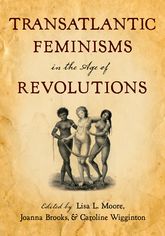Equiano Slave Narrative
Olaudah Equiano’s Slave Narrative is one that I will never get tired of reading. Although most critics go against the likelihood that he wrote the narrative himself, I believe wholeheartedly that he did. Just as they diminished the work of poet Phyliss Wheatley and attributed her writings to that of her adopted family, I believe Equiano was more than capable of putting this piece of work together on his own. I love this narrative so much because it does not focus so much on the downs of his experience as they truly were horrible, but it showed his perseverance to survive in a world that counted him out from the time of his abduction. His childlike descriptions to his elevated and strategic work as an adult prove his persistence to not fall into the statistic of a slave that becomes nothing more than that. I will say that his story is nothing short of a miracle to have people aligned in his corner that helped him is a tremendous blessing. His outcome in the end where he was abl...
